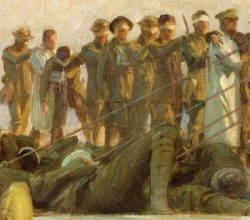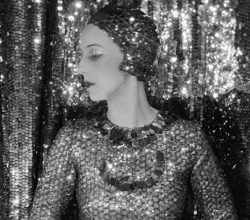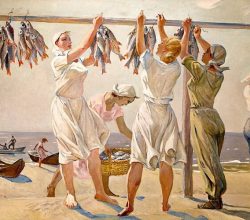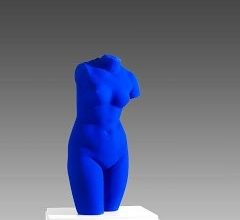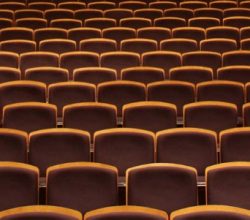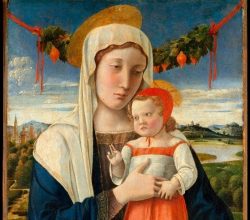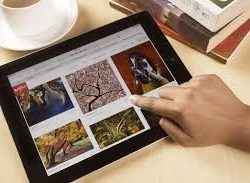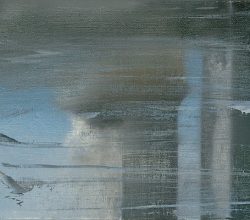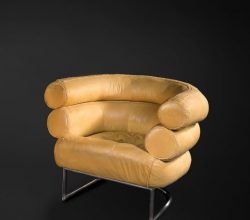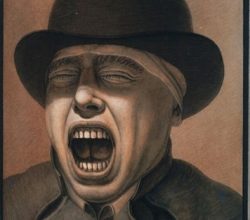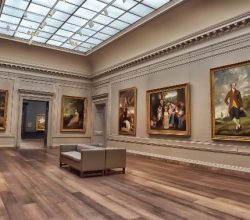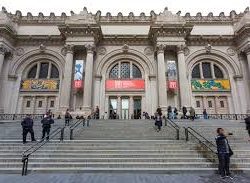
America’s Big Museums on the Hot Seat
Holland Cotter | The New York Times | 18th March 2020
In the flush of post-Civil War confidence, New York founded the Metropolitan Museum. Some reviews marking its 150th anniversary recount the museum’s early days as the “tycoons darling”. The linked piece notes contemporary challenges – an uneasy relationship with contemporary art, a tendency to ignore artists who are not male and white. “They need to rethink the Temple of Beauty branding … they need to rethink what they were and are.”

